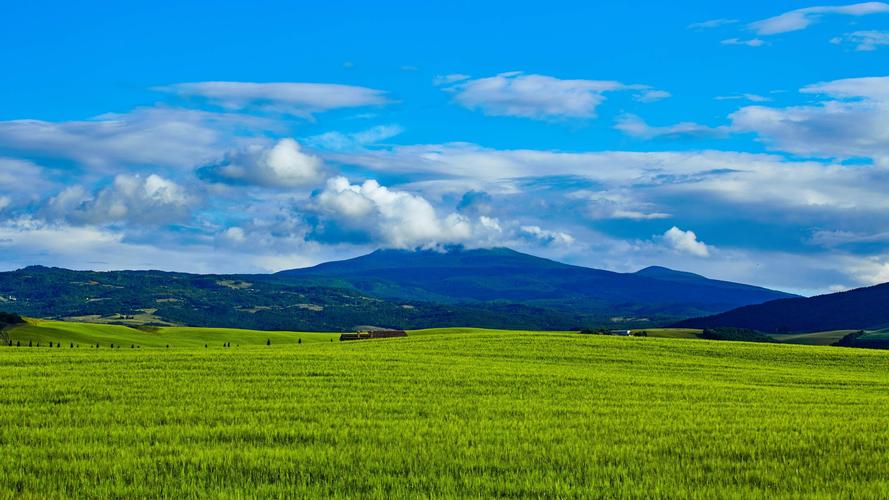The 1920s were a decade of change and diversity in cultural practices. The aftermath of World War I led to a massive shift in societal norms and values. With the rise of jazz music and flapper culture, the 1920s saw a dramatic transformation of social behavior and norms. In this article, we will explore the diverse cultural practices of the 1920s.
The Flapper Culture
The 1920s are often referred to as the “Roaring Twenties” due to the rise of jazz music and flapper culture. Flappers were young women who challenged the societal norms of their time. They wore shorter skirts, bobbed their hair, and wore makeup. They were known for their “wild” behavior, which included smoking, drinking alcohol, and going out to dance clubs. Flappers were seen as a new type of woman, one who was independent and self-confident.
The Jazz Age
Jazz music played a major role in the cultural transformation of the 1920s. Jazz was a type of music that originated in African-American communities and quickly became popular among young people across the country. Jazz clubs and dance halls sprung up in major cities, and many famous jazz musicians rose to prominence.
The Harlem Renaissance
The 1920s also saw the rise of the Harlem Renaissance, a cultural movement that celebrated African American literature, art, and music. This movement helped to promote and celebrate the contributions of African Americans to American culture and society.
Prohibition
One of the most notable cultural practices of the 1920s was Prohibition, which banned the sale, production, and transportation of alcohol. This law was enacted in 1920 and was intended to reduce crime and improve public health. However, it led to the rise of organized crime and the creation of speakeasies, secret bars where alcohol was illegally sold.
Conclusion
The 1920s were a decade of dramatic change and cultural diversity. Flapper culture, jazz music, the Harlem Renaissance, and Prohibition all played a major role in shaping the cultural practices of the time. Despite its challenges, the 1920s represented a time of optimism and hope for the future.
(Note: Do you have knowledge or insights to share? Unlock new opportunities and expand your reach by joining our authors team. Click Registration to join us and share your expertise with our readers.)
Speech tips:
Please note that any statements involving politics will not be approved.
